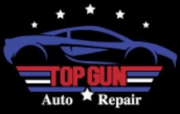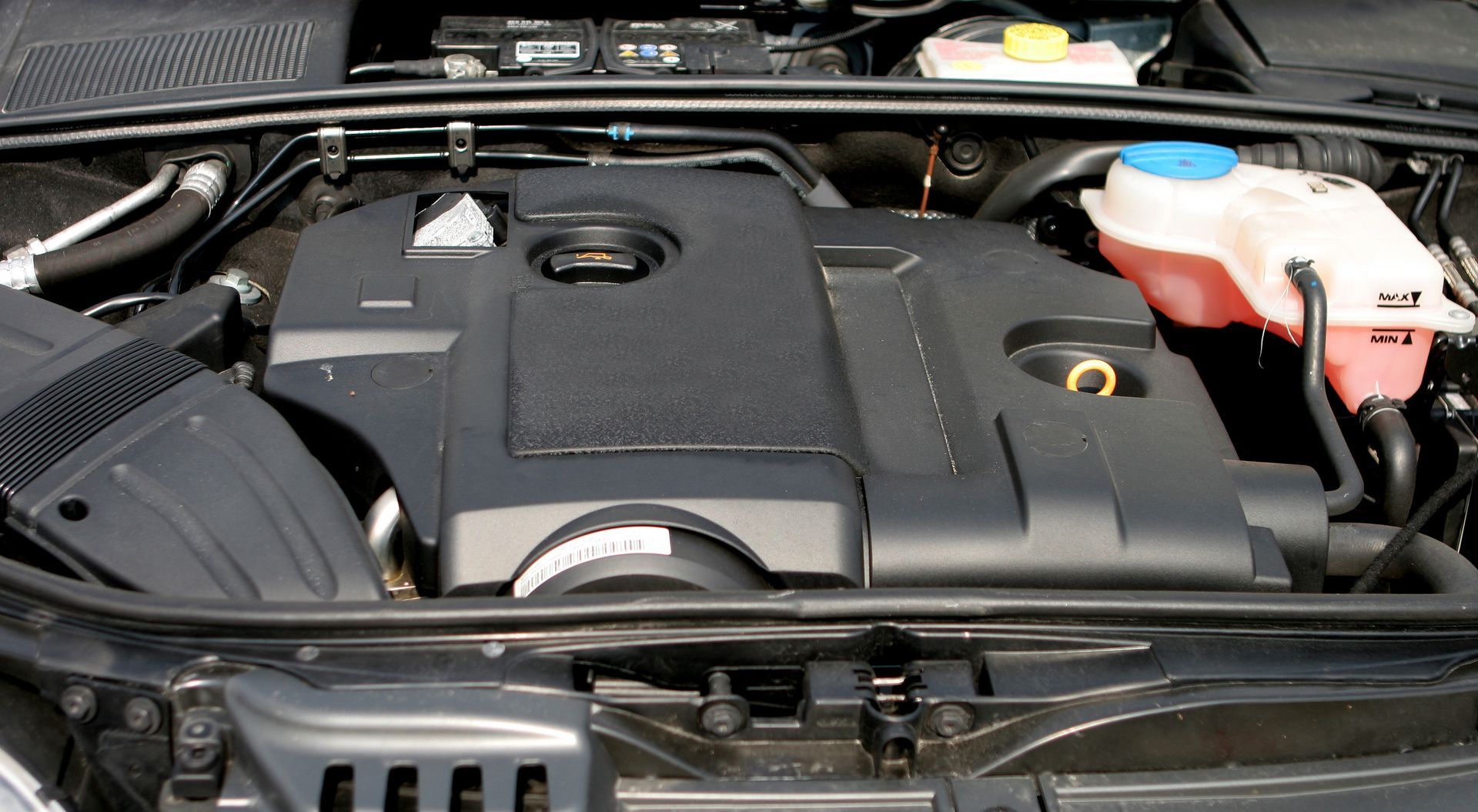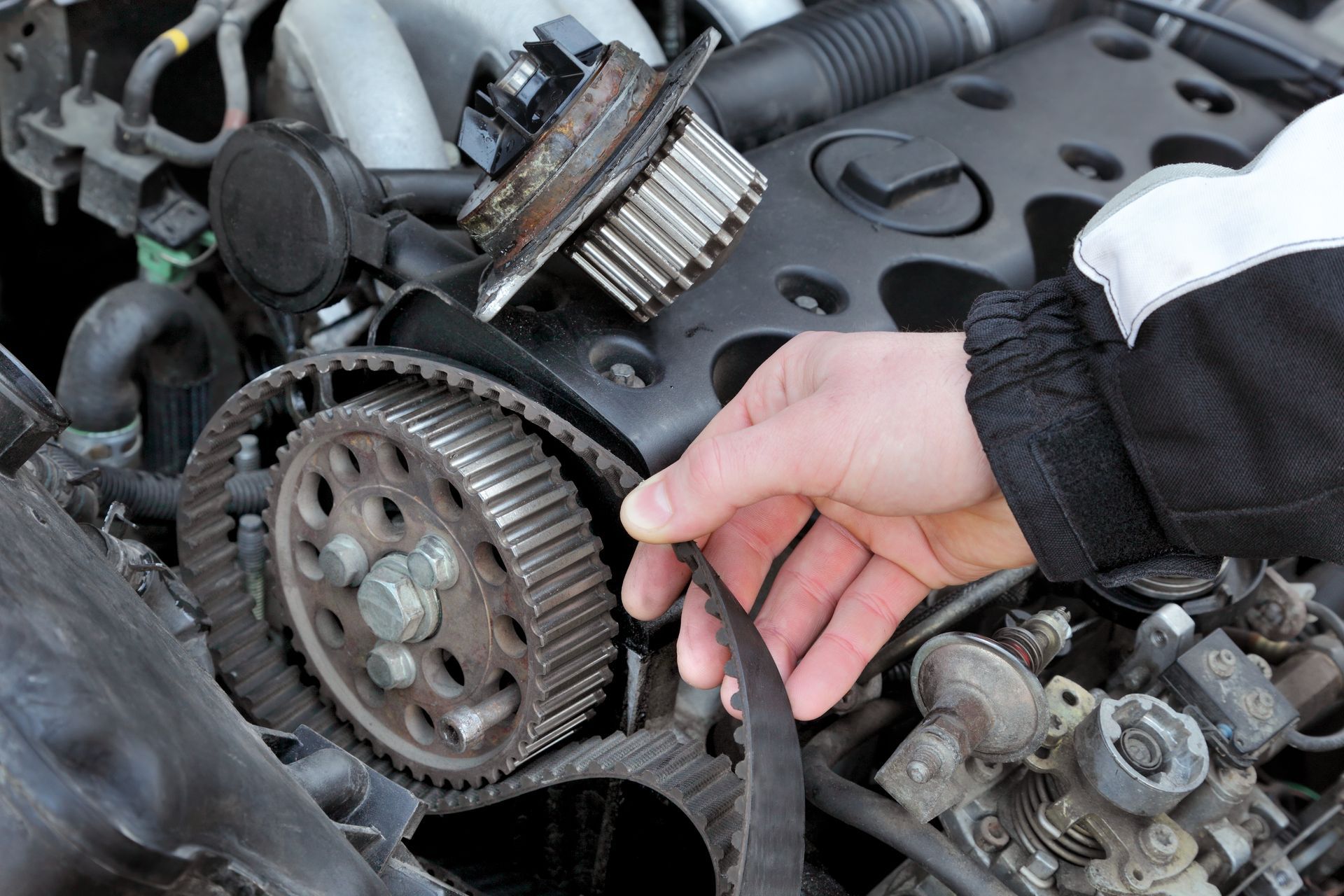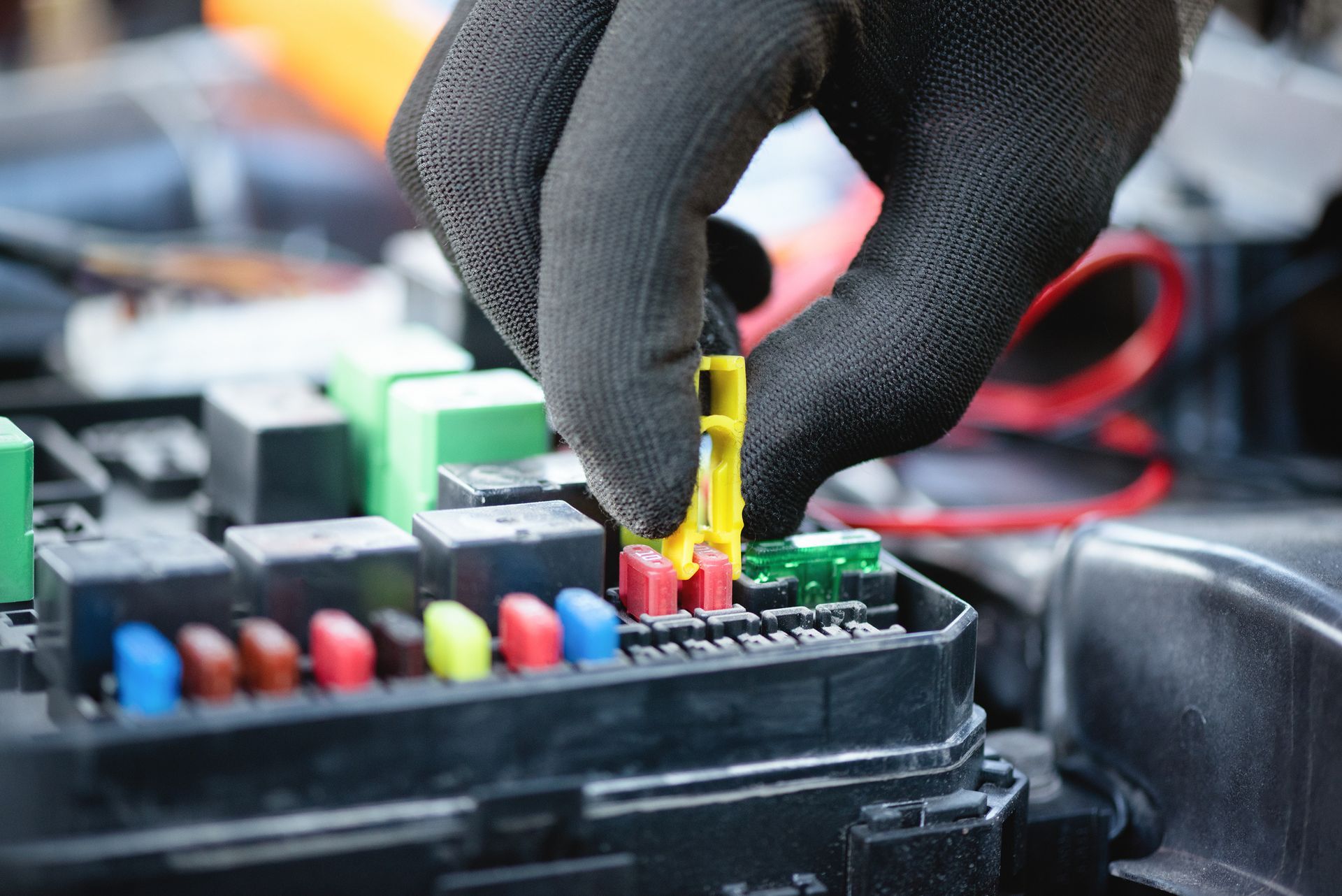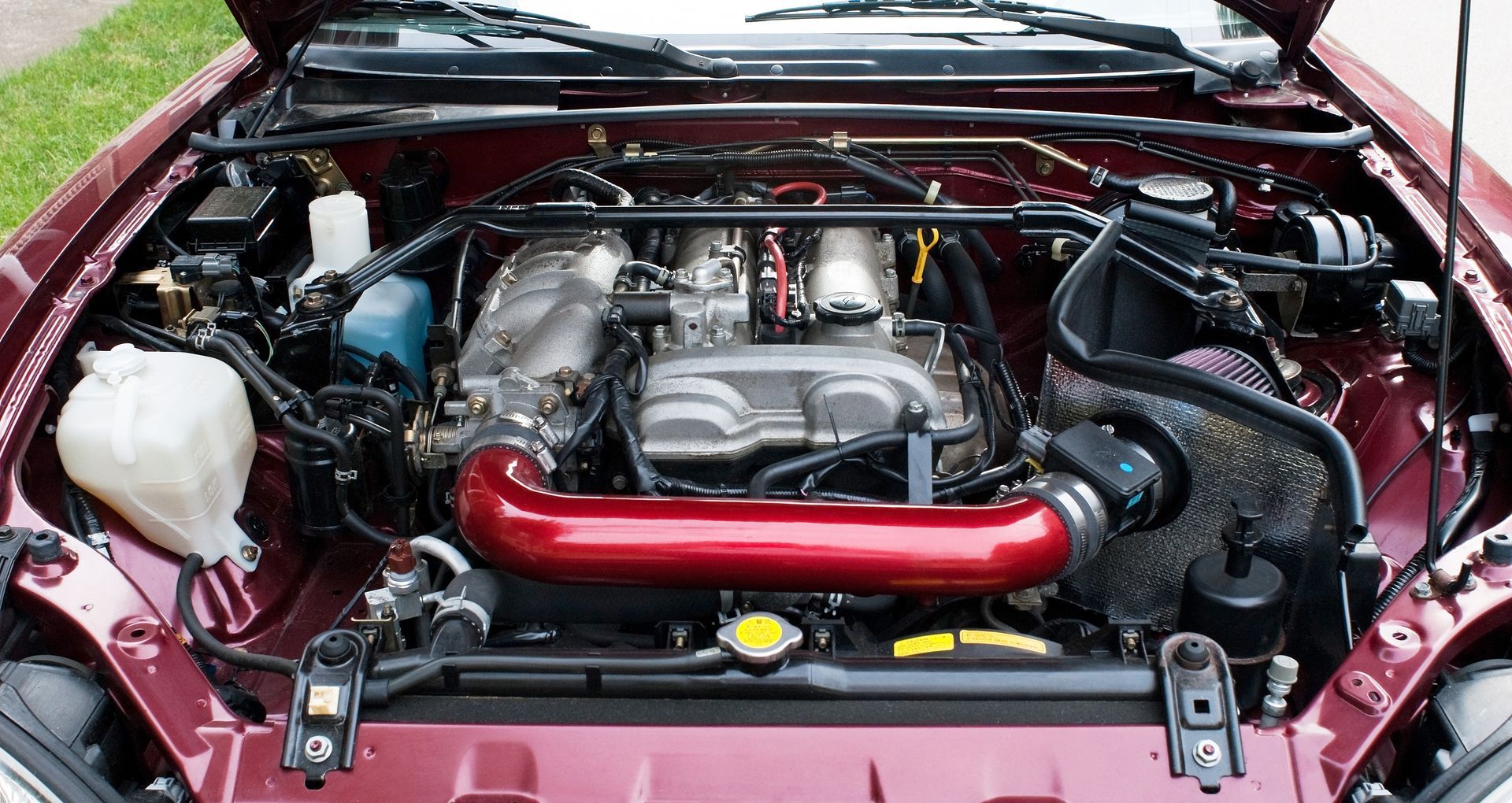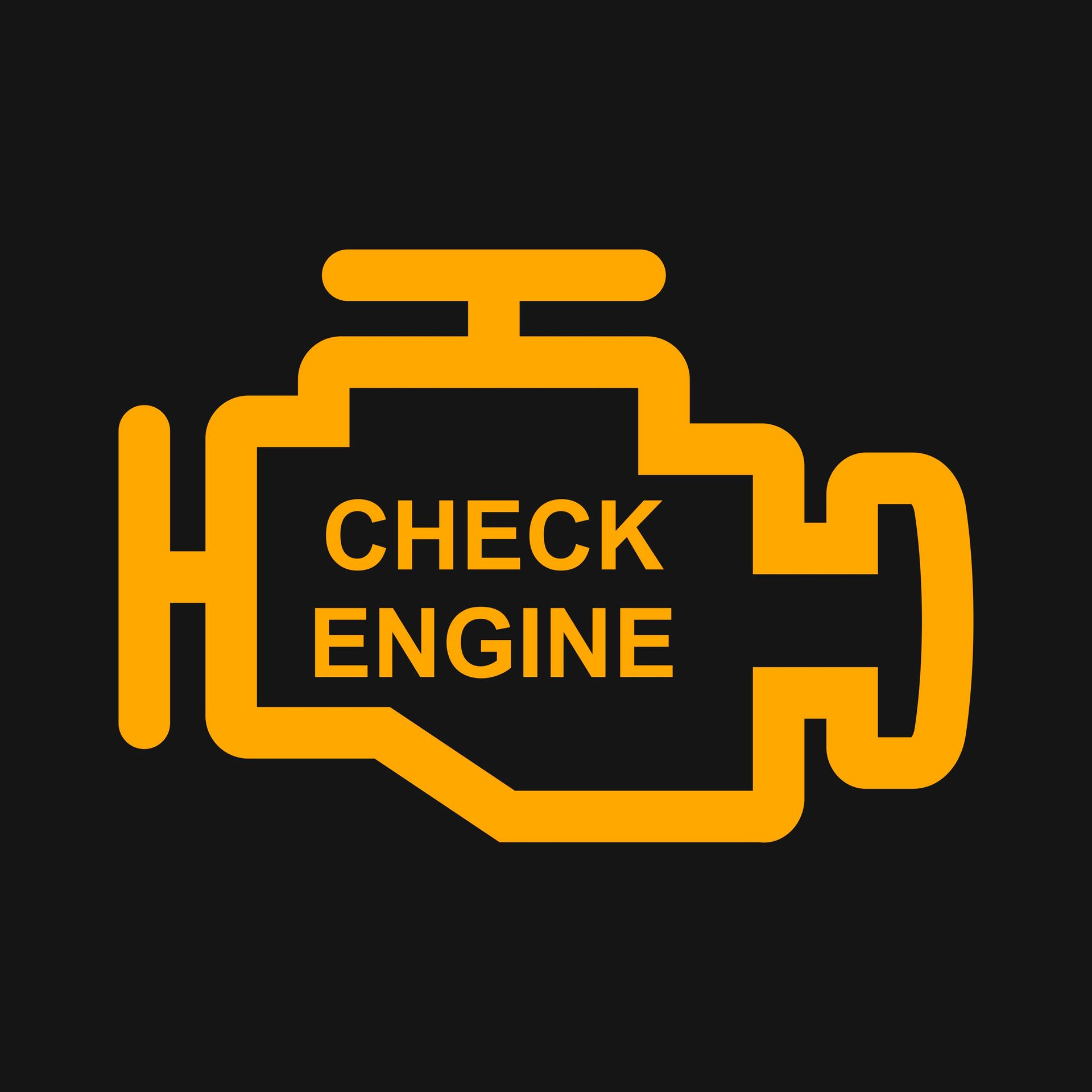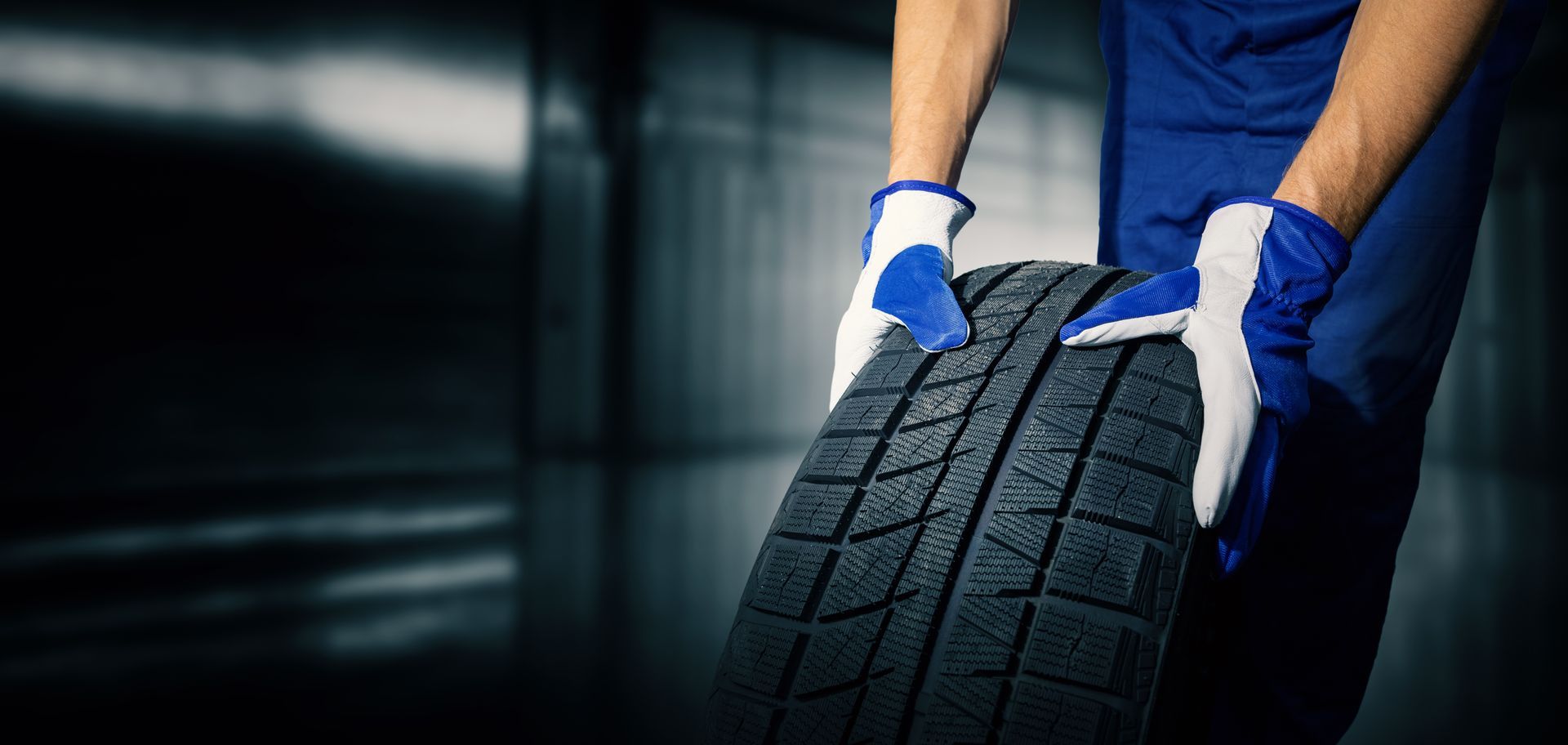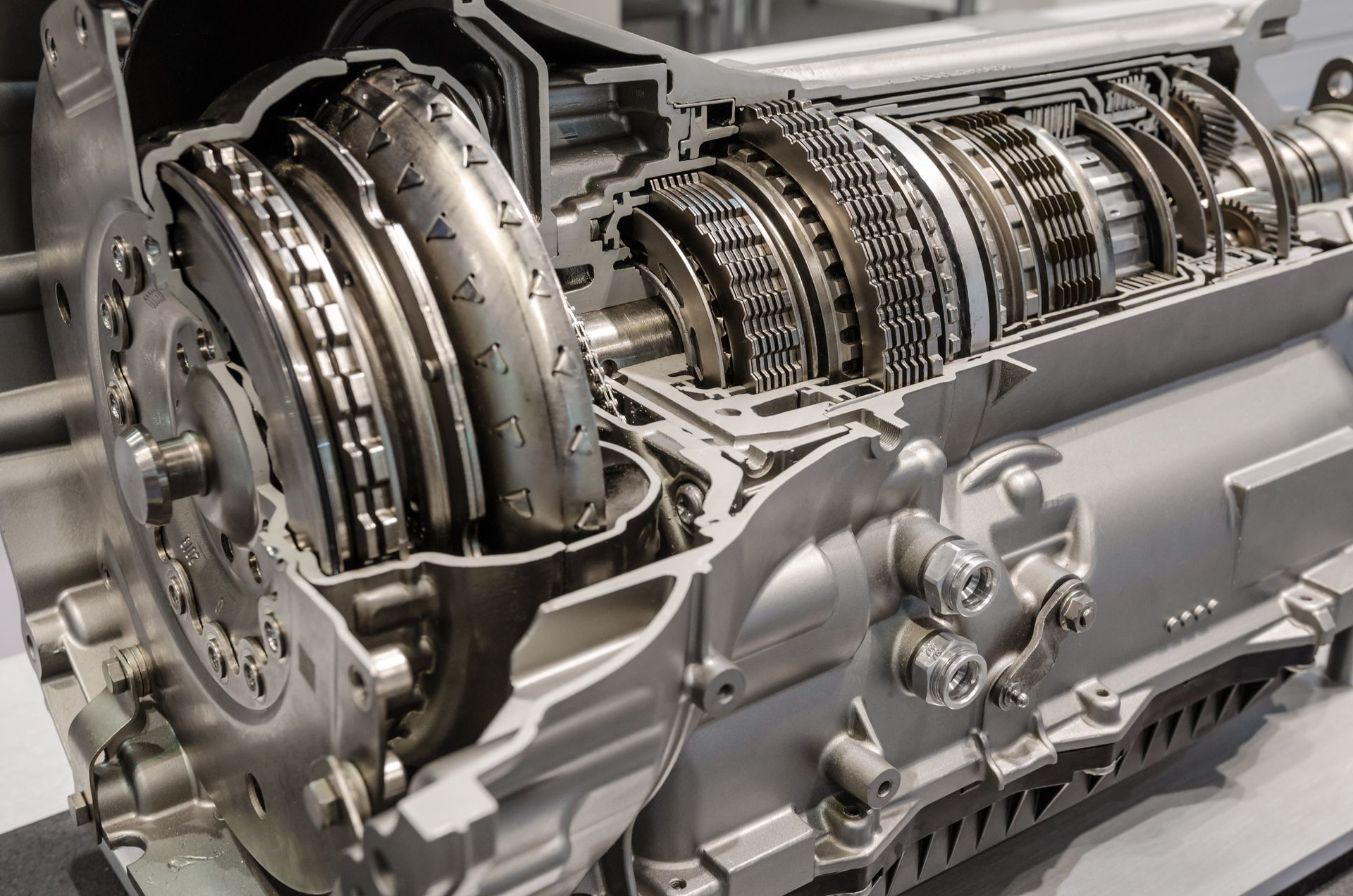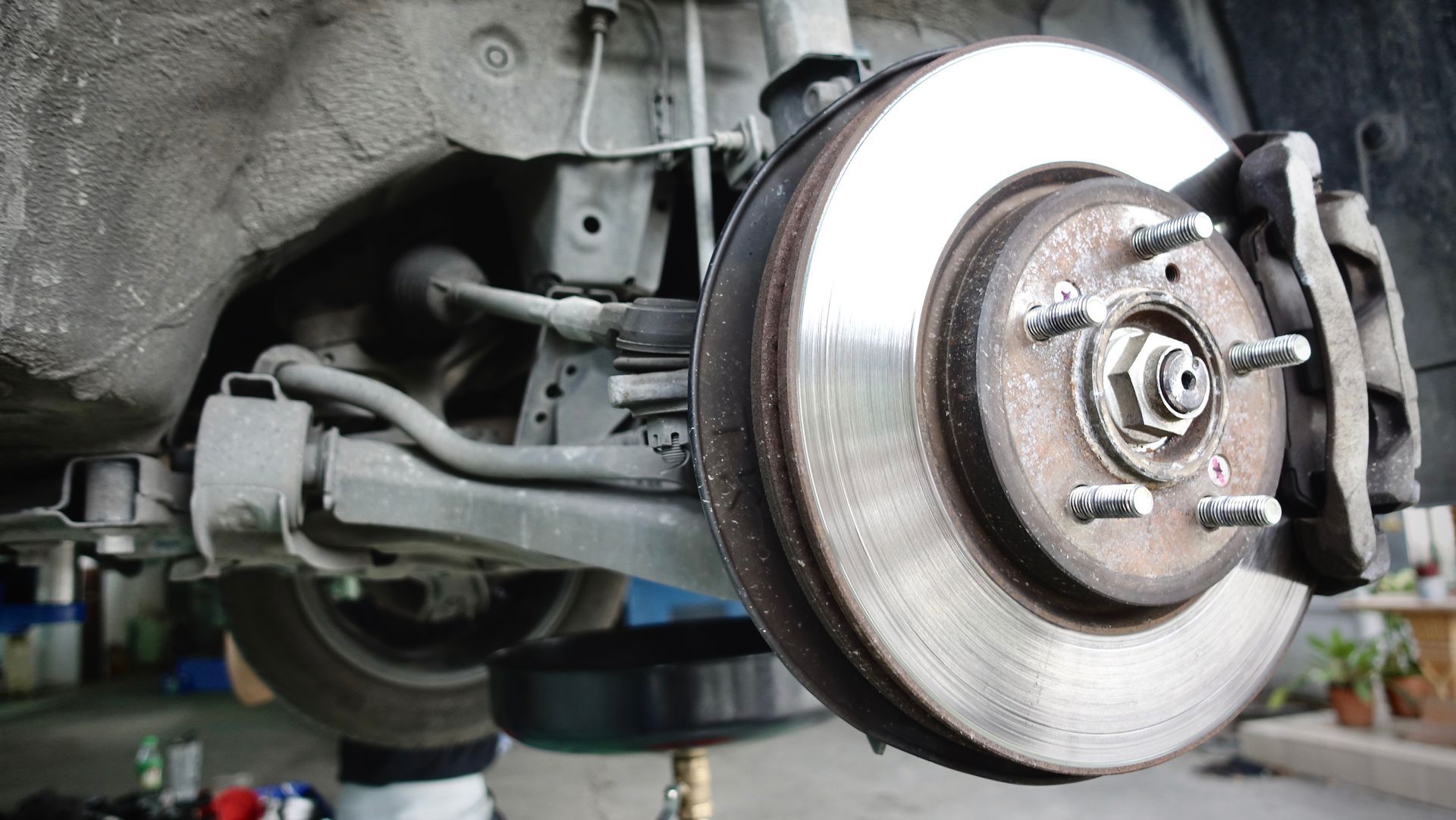Your car’s suspension does more than just give you a comfortable ride—it’s responsible for keeping your tires in contact with the road, absorbing bumps, and helping you stay in control when steering or braking. So when something in the suspension starts to wear out, you’ll often feel it before you see it. The real question is whether you recognize the signs early enough to do something about it.
1. Your Ride Feels Bumpier Than Usual
If your car suddenly feels like it’s bouncing more than normal over bumps or dips, that’s one of the clearest indicators that something in the suspension system isn’t working right. Worn shocks or struts are often the cause. These components are designed to absorb the impact from rough roads—when they lose their ability to do that, you feel every single imperfection.
Pay attention to how your vehicle responds after hitting a bump. If it continues to bounce or feels unsettled, it’s time to have it inspected.
2. The Car Leans or Dips When You Brake, Turn, or Accelerate
Your suspension helps keep your vehicle balanced, so when it starts leaning forward under braking (called “nose diving”) or tilting to the side during turns, it’s often a sign that your shocks or struts have worn unevenly or lost their internal pressure.
Accelerating and noticing the rear of the car dipping lower than usual? That can also be a suspension red flag. These movements aren’t just uncomfortable—they can make it harder to maintain control in emergency situations.
3. You Hear Clunks, Creaks, or Knocks Over Bumps
Suspension noise can be subtle at first, but over time, it becomes harder to ignore. If you hear clunking or knocking sounds when driving over potholes or speed bumps, it could be due to worn or broken suspension components such as control arm bushings, sway bar links, or ball joints.
Creaking noises when turning the wheel or going over bumps may also point to issues with strut mounts or other joint components that have dried out or loosened. Noise plus changes in ride quality is a combination that shouldn’t be ignored.
4. Uneven or Rapid Tire Wear
Tires that are wearing unevenly—especially if one side is more worn than the other—often point to suspension issues. When the suspension isn’t keeping the tires firmly planted and aligned on the road, the tire tread can wear out faster and unevenly.
This affects how your car grips the road and can make driving in wet conditions even more dangerous. A suspension problem can also throw off your alignment, compounding the tire wear and increasing steering difficulty.
5. The Car Sits Lower on One Side
A visual clue that’s often overlooked is a sagging corner or side of the car. If one side looks lower than the rest, it could be a broken or weakened spring. Springs are what support your vehicle’s weight, and when they fail, it not only affects ride height but also how well your suspension can handle bumps and turns.
A sagging suspension can also lead to increased stress on the opposite side, causing additional wear and tear if not fixed promptly.
6. Steering Feels Loose or Difficult to Control
Worn suspension components can affect steering responsiveness. If your car feels like it’s drifting, wandering, or just not responding like it used to, especially around corners, the problem may not be your steering system—it could be the suspension. Loose or worn parts in the suspension system can allow too much movement, creating vague or unstable handling.
This is especially important to fix if you regularly drive at higher speeds or take winding back roads where quick steering input is essential for safety.
Top Gun Auto Repair – Suspension Experts in Georgetown, KY
Don’t ignore the signs that your suspension needs attention. At
Top Gun Auto Repair in Georgetown, KY, our team can diagnose and repair suspension problems before they compromise your comfort or safety. Whether it’s shocks, struts, springs, or control arms, we’ll make sure your vehicle is ready for whatever the road throws at it.
